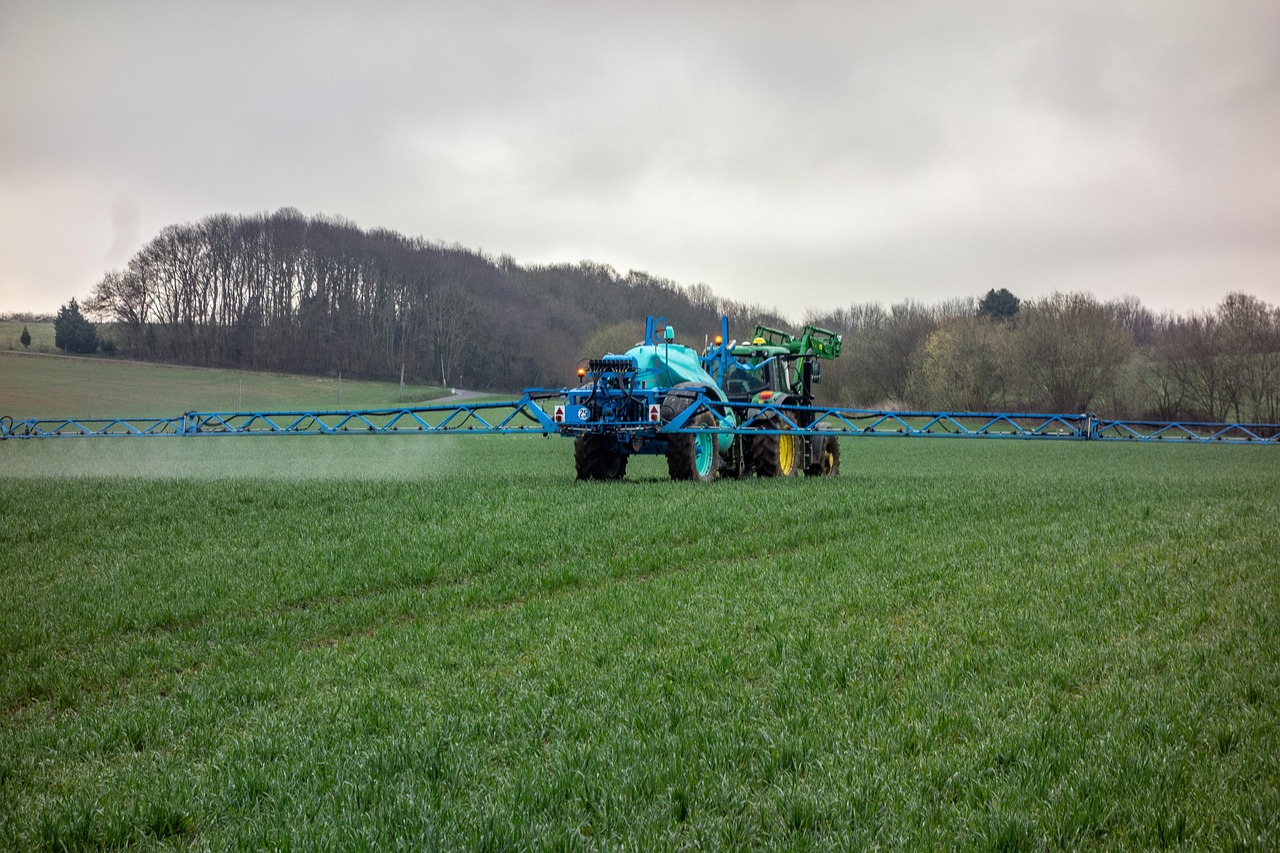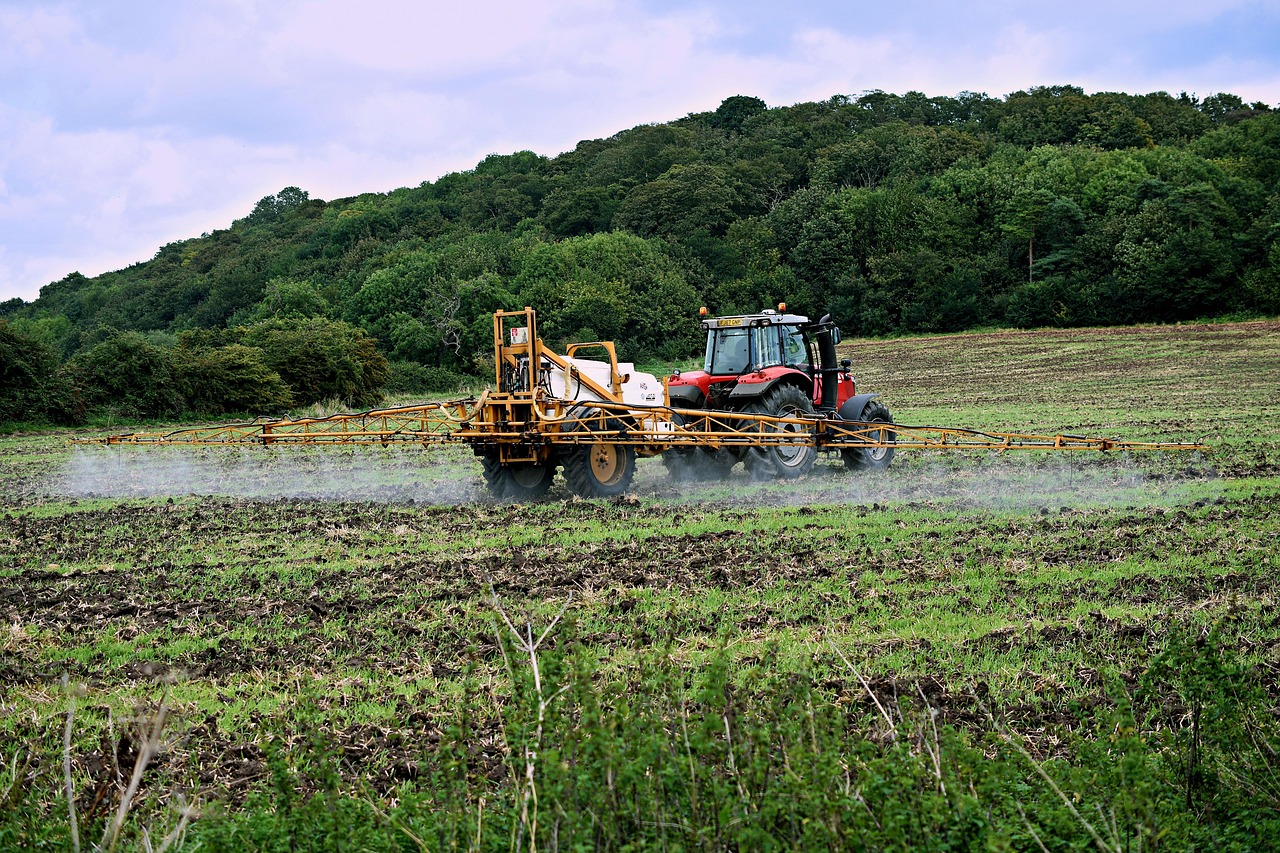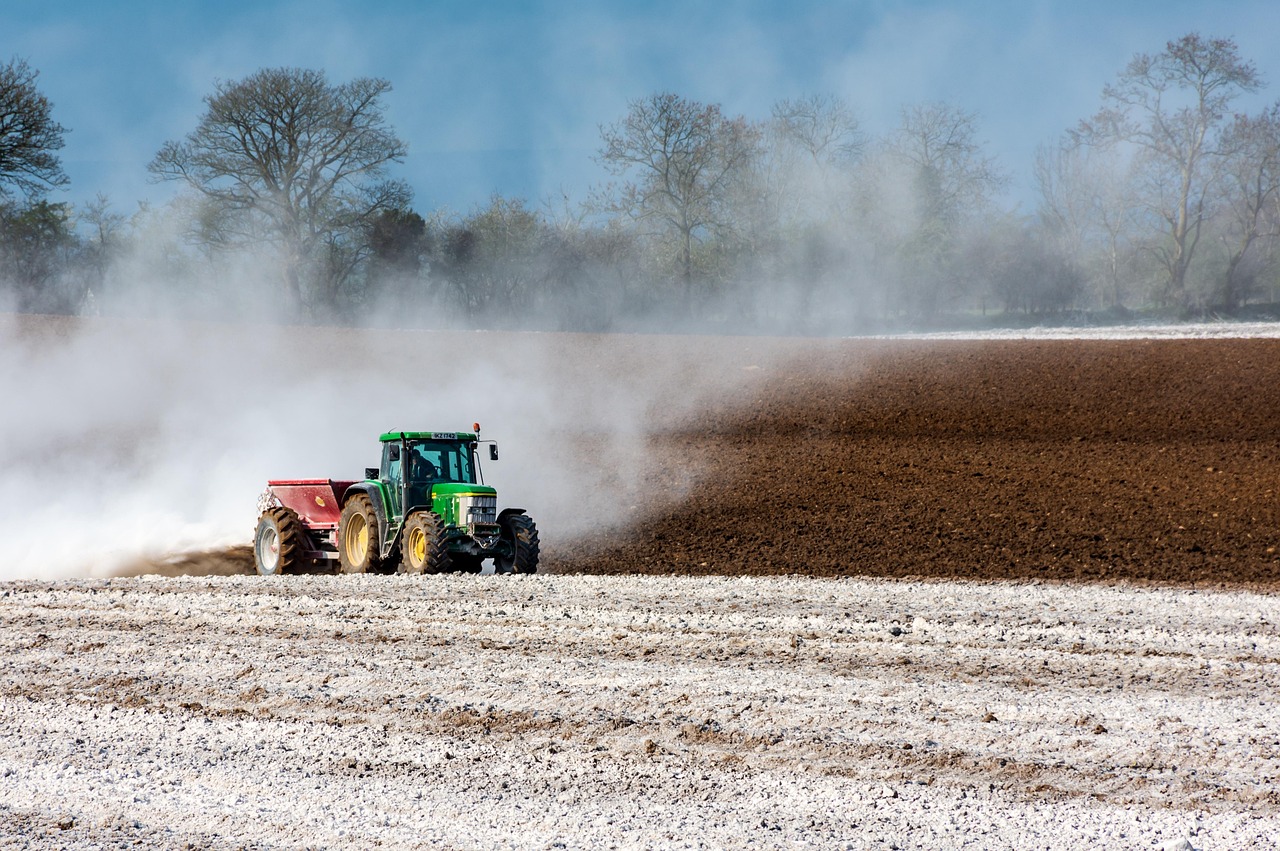Tree fertilizers that boost growth without harming the environment include organic options like compost, fish emulsion, and seaweed extract. These fertilizers enrich the soil naturally and support tree health while minimizing ecological impact.
Understanding Tree Fertilizers
Fertilizers play a crucial role in promoting healthy tree growth. They provide essential nutrients that trees need to thrive, such as nitrogen, phosphorus, and potassium. However, conventional fertilizers often come with a downside, including chemical runoff and soil degradation. This raises an important question: how can we fertilize our trees effectively while protecting the environment?

Organic fertilizers offer a sustainable solution. Unlike synthetic fertilizers, these natural options improve soil health and promote biodiversity. They enhance the soil’s ability to retain moisture and nutrients, creating a healthier ecosystem around your trees.
The Importance of Nutrient-Rich Soil
Healthy soil is the foundation for strong trees. Nutrient-rich soil supports root development, improves water retention, and fosters beneficial microorganisms. Here are some key benefits of using organic fertilizers:
- Enhanced Growth: Organic fertilizers gradually release nutrients, ensuring that trees receive a steady supply over time.
- Soil Structure Improvement: They help improve soil texture and aeration, allowing roots to penetrate more easily.
- Reduced Erosion: Healthier soil is less prone to erosion, protecting your landscape.
- Environmental Safety: These fertilizers do not contribute to water pollution or soil degradation.
Types of Eco-Friendly Tree Fertilizers
There are several types of eco-friendly fertilizers available for promoting tree growth. Each type has its own set of benefits:
- Compost: Made from decomposed organic matter, compost enriches soil with nutrients and improves its structure.
- Fish Emulsion: This liquid fertilizer is rich in nitrogen and trace minerals, making it an excellent choice for leafy trees.
- Seaweed Extract: Seaweed contains natural growth hormones and micronutrients that enhance root development and overall health.
- Bone Meal: A source of phosphorus, bone meal supports flowering and root growth.
How to Choose the Right Fertilizer
Selecting the right fertilizer involves understanding your trees’ specific needs. Factors such as tree species, age, and existing soil conditions play a significant role. Here are some tips for choosing the best fertilizer:
- Conduct a Soil Test: Testing your soil can reveal nutrient deficiencies and pH levels. This information will guide your fertilizer choice.
- Select Appropriate Nutrients: Different trees require varying levels of nitrogen, phosphorus, and potassium. Tailor your fertilizer to meet these needs.
- Consider Application Methods: Some fertilizers are best applied as granules, while others are effective in liquid form. Choose based on how you intend to fertilize.
Application Techniques
Applying tree fertilizers correctly is essential for maximizing their benefits. Here are some recommended techniques:
- Top Dressing: Spread granular fertilizers evenly around the base of the tree, avoiding direct contact with the trunk.
- Drenching: Dilute liquid fertilizers in water and apply them at the base of the tree for direct absorption.
- Cultivation: Mix organic fertilizers into the top layer of soil to improve nutrient availability.
The Benefits of Organic vs. Synthetic Fertilizers
The choice between organic and synthetic fertilizers can significantly impact both tree health and the environment. The following table highlights key differences between the two types:
| Aspect | Organic Fertilizers | Synthetic Fertilizers |
|---|---|---|
| Nutrient Release | Slow and steady | Fast release |
| Soil Health Impact | Improves soil structure | Can degrade soil quality over time |
| Environmental Impact | Low impact | Potentially harmful runoff</td
Applying Organic Tree Fertilizers EffectivelyApplying organic fertilizers correctly is essential for maximizing their benefits. The method of application can significantly influence how well trees absorb nutrients. Below are some effective techniques for applying organic tree fertilizers: Best Practices for Application
Organic Fertilizer FormsOrganic fertilizers come in various forms, each with unique advantages for tree growth. Understanding these forms can help you choose the right type for your trees:
The Role of Microorganisms in Soil Health The presence of beneficial microorganisms is crucial for soil health and tree growth. Organic fertilizers enhance the ecosystem of microorganisms in the soil, which play an essential role in nutrient cycling. Types of Beneficial Microorganisms
The interaction between trees and these microorganisms not only boosts nutrient availability but also enhances soil stability and health. By using organic fertilizers, you encourage a thriving microbial community that supports tree growth and resilience. Environmental Benefits of Organic Fertilizers The choice to use organic fertilizers yields numerous environmental benefits. Understanding these advantages can motivate tree owners to embrace more sustainable practices: Reduction of Chemical RunoffOne significant environmental benefit of organic fertilizers is their reduced risk of chemical runoff. Synthetic fertilizers can leach into waterways, causing pollution and harming aquatic ecosystems. Organic options do not pose this threat as they are less soluble and integrate better into the soil. Soil Biodiversity EnhancementOrganic fertilizers promote biodiversity by enriching the soil with organic matter. This improvement creates a habitat for various organisms, which in turn supports a more balanced ecosystem. Healthy soil promotes plant health, reducing the need for chemical interventions. Choosing Commercial Organic FertilizersIf you prefer to purchase organic fertilizers rather than making your own, there are many commercial options available. When selecting a product, consider the following factors:
By being discerning when choosing commercial organic fertilizers, you can ensure that you are providing the best possible care for your trees while also protecting the environment.  Innovative Organic Fertilizer SolutionsThe market for organic fertilizers is continuously evolving, with innovative solutions emerging to enhance tree growth sustainably. Some newer products include:
These innovative solutions not only provide essential nutrients but also contribute positively to soil health and environmental sustainability. Integrating Tree Fertilizers into Your Gardening RoutineIncorporating tree fertilizers into your gardening routine requires careful planning and execution. By understanding your trees’ specific needs and the characteristics of the fertilizers you choose, you can create a nurturing environment that maximizes growth while minimizing environmental impact. Assessing Tree Health and Nutrient NeedsBefore applying any fertilizer, it is essential to assess the health of your trees. Observing signs of nutrient deficiencies can guide you in selecting the appropriate fertilizer. Here are some indicators to watch for:
Once you identify these signs, consider conducting a soil test to determine existing nutrient levels. This will help tailor your fertilization strategy effectively. Seasonal Fertilization StrategiesDifferent times of the year require distinct fertilization strategies. Understanding the seasonal needs of trees can enhance their growth and health: Spring FertilizationSpring is a critical time for tree growth as trees begin to emerge from dormancy. Applying fertilizer in early spring helps provide essential nutrients right when trees need them most.
Summer MaintenanceDuring summer, trees are actively growing. Although not always necessary, additional fertilization can support continued growth, especially for young trees.
Fall PreparationIn fall, trees prepare for dormancy. A final application of organic fertilizer can help strengthen root development in preparation for winter.
Environmental Considerations When Using FertilizersWhen applying any type of fertilizer, keeping environmental considerations in mind is crucial. Here are some guidelines to follow: Avoiding Over-FertilizationOver-fertilizing can lead to nutrient runoff, harming aquatic ecosystems and diminishing soil quality. Here are steps to prevent this issue:
Sustainable PracticesImplementing sustainable practices alongside fertilizer use can enhance tree growth while protecting the environment:
The Role of Mulching in Tree CareMulching is an important practice in tree care that complements fertilization efforts. It provides numerous benefits for tree health and soil quality: Benefits of Mulching
Selecting the Right MulchChoosing the right type of mulch is essential for maximizing its benefits. Consider these options:
By integrating these practices into your tree care routine, you can promote healthy growth while ensuring environmental sustainability. Maintaining Tree Health Through Integrated PracticesTo ensure the long-term health of your trees, it is essential to adopt an integrated approach that combines effective fertilization with other tree care practices. This holistic method not only supports growth but also enhances resilience against diseases and environmental stressors. Regular Monitoring and MaintenanceConsistent monitoring of your trees is key to identifying potential issues before they escalate. Here are some aspects to focus on:
Encouraging Biodiversity in Your LandscapeA diverse landscape can significantly benefit tree health. Incorporating a variety of plants can attract beneficial insects and pollinators while discouraging pests. Consider these strategies:
Education and Community InvolvementStaying informed about best practices in tree care and engaging with your local gardening community can further enhance your efforts. Consider the following approaches:
Final ThoughtsSelecting the right fertilizers and practices for your trees is crucial for promoting healthy growth while protecting the environment. Organic fertilizers provide a sustainable alternative to synthetic options, enhancing soil health and supporting the overall ecosystem. By adopting an integrated approach that combines proper fertilization, mulching, regular monitoring, and community involvement, you can foster a thriving environment for your trees. Incorporating practices such as composting, mulching, and planting diverse species further enriches the landscape. Not only does this improve tree health, but it also contributes to the ecological balance of your surroundings. Your commitment to sustainable practices can lead to healthier trees that thrive for generations to come. As you embark on your journey of tree care, remember that every action counts. By choosing eco-friendly fertilizers and methods, you play a vital role in preserving the environment while ensuring that your trees reach their full potential. Together, let us cultivate a greener future for our planet. Related Posts:
Categories: Plants |
